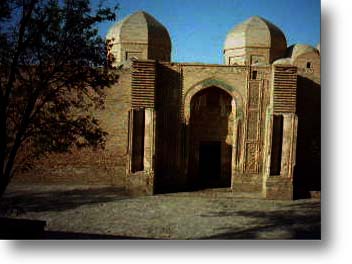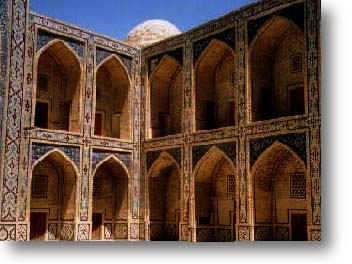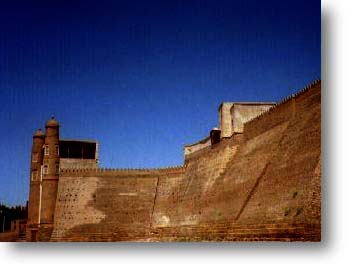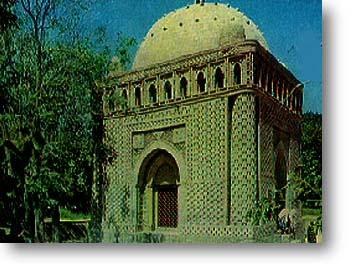| |||
| . | Bukhara, one of Uzbekistan’s treasures, is a place rich in history and dramatic architecture. The city’s most famous landmark, the Kalyan Minaret (dating back to 1127), is the greatest remnant of truly old Bukhara; Genghis Khan destroyed most of the city, but left the minaret standing, supposedly because he was struck by its beauty. The minaret, which draws visitors up its 105 steps to see a panoramic view of the city, was once the tallest structure in Central Asia. It has been called the “Tower of Death,” because, legend has it, executions were often performed by throwing the condemned from its heights. In truth, however, locals will tell you that only one such killing occurred from the tower. Yet the city has witnessed some brutal executions; perhaps the most infamous were the killings of British officers Col. Charles Stoddart and Capt. Arthur Conolly in 1842. Victims of a misunderstanding between the Emir of Bukhara and the British government (which failed to supply its emissaries with the appropriate gifts and royal letters of introduction), the two were imprisoned in the Bug Pit at the Zindan (city jail), then forced to dig their own graves before their ceremonial beheading in front of the Ark (the Emir’s palace). The Ark now houses a museum on the city’s history, and the Zindan is now a tourist attraction, showcasing such skin-crawling rooms as the Bug Pit, a torture chamber and the dungeons. Bukhara, with its population of a quarter of a million, is a major tourist attraction for travelers following the old Silk Road. Celebrating its 2,500th anniversary in 1997, the city has been working hard to put its best old face forward. And though Bukhara’s mud-colored buildings are often a let-down to visitors who’ve just seen the dazzling mosaics of Samarkand, the city’s subdued desert hues and centuries-old buildings exude their own exotic air of ancient culture. |
    |
 |